NOTE:- Don’t copy the complete solution from here in Challenging Task.You can take a reference to rephrase your Solution.
Challenging Task
With a real-world example, differentiate the following. i. Supervised Vs Unsupervised ii. Overfitting Vs underfitting
Supervised vs Unsupervised Learning:
Supervised learning is a type of machine learning where the algorithm is trained on labeled data with a specific target variable. The aim is to learn a mapping function that can predict the target variable for new, unseen data. For example, in a spam email classification problem, the algorithm is trained on a dataset of emails labeled as either spam or not spam, and the goal is to build a model that can accurately predict whether a new email is spam or not.
On the other hand, unsupervised learning is a type of machine learning where the algorithm is trained on unlabeled data without any specific target variable. The aim is to learn the underlying structure and patterns in the data. For example, in a customer segmentation problem, the algorithm is trained on a dataset of customer purchase history without any labels, and the goal is to group similar customers together based on their purchase behavior.
Overfitting vs Underfitting:
Overfitting occurs when a machine learning model is trained too well on the training data and starts to fit the noise in the data rather than the underlying patterns. This means that the model performs poorly on new, unseen data. For example, if we train a model to predict housing prices based on a dataset that includes every single feature of the house (including irrelevant ones like the color of the front door), the model may perform well on the training data but poorly on new data because it has overfit to the noise.
Underfitting occurs when a machine learning model is too simple and unable to capture the underlying patterns in the data. This means that the model performs poorly on both the training data and new, unseen data. For example, if we train a model to predict housing prices based on only one feature like the number of bedrooms, the model may perform poorly because it is too simple and unable to capture the complex patterns in the data.
If you find anything wrong in this Solution, feel free to reach us in the comment section.







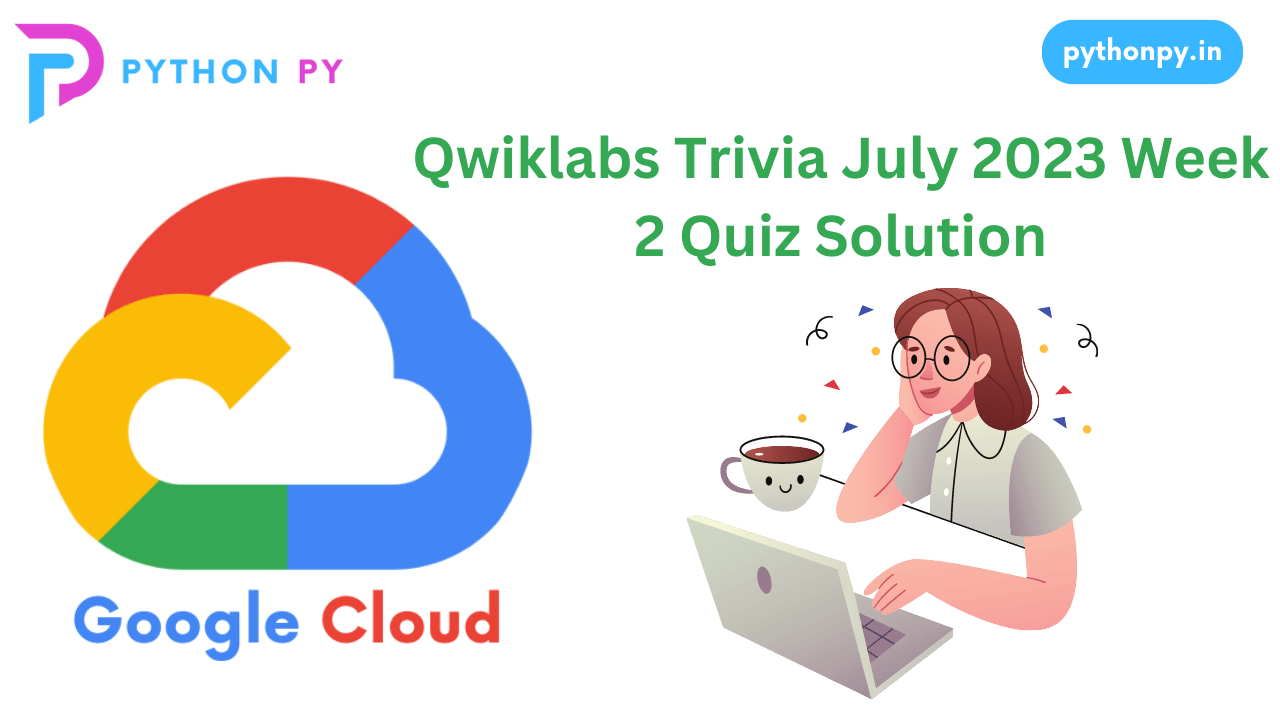
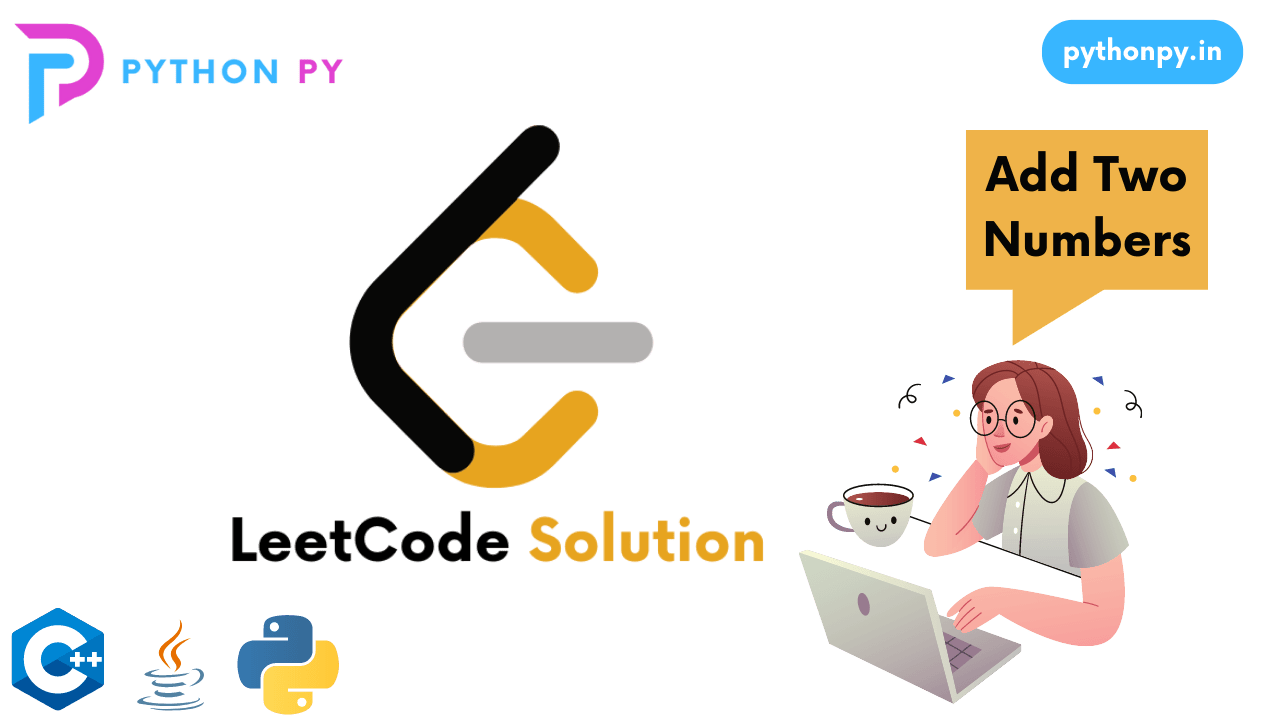
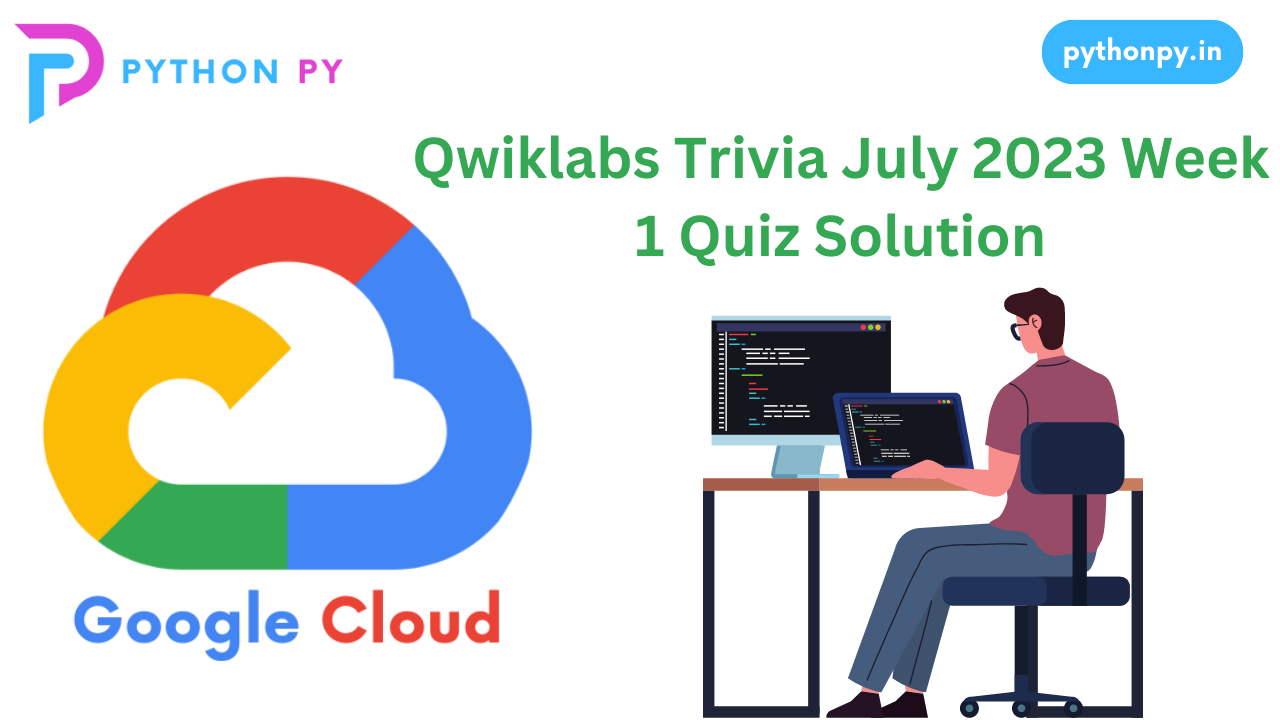
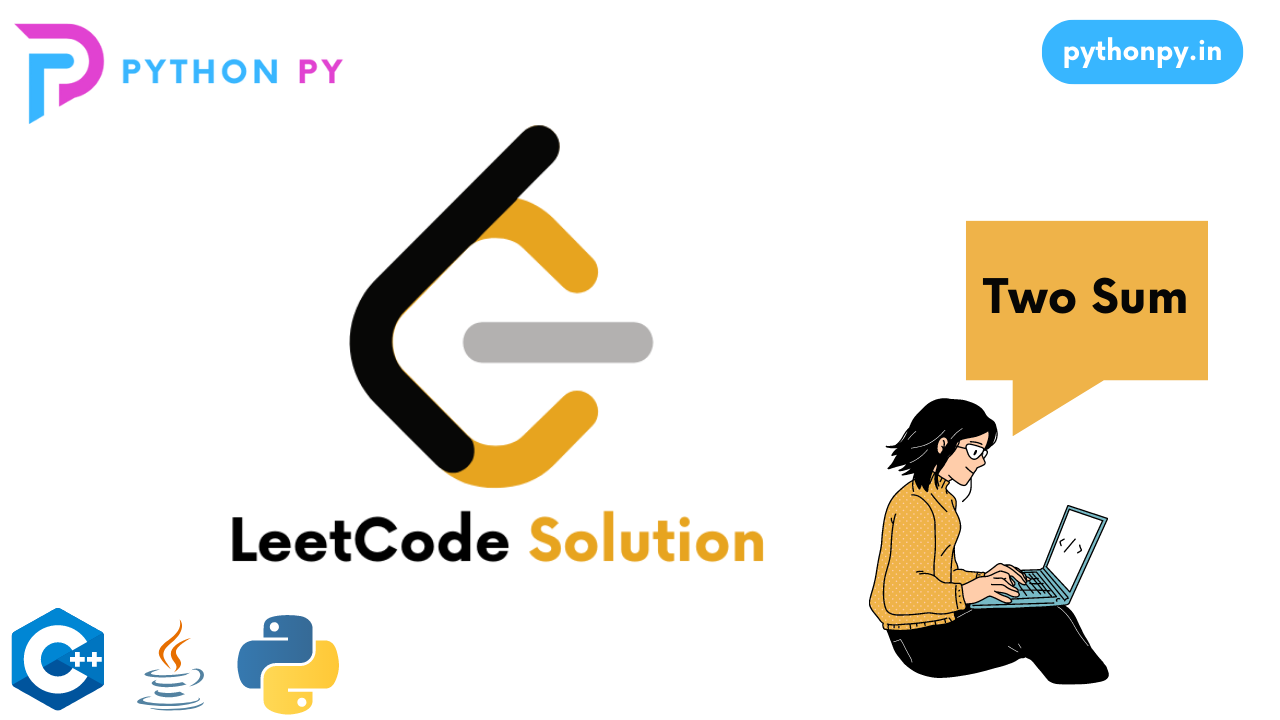

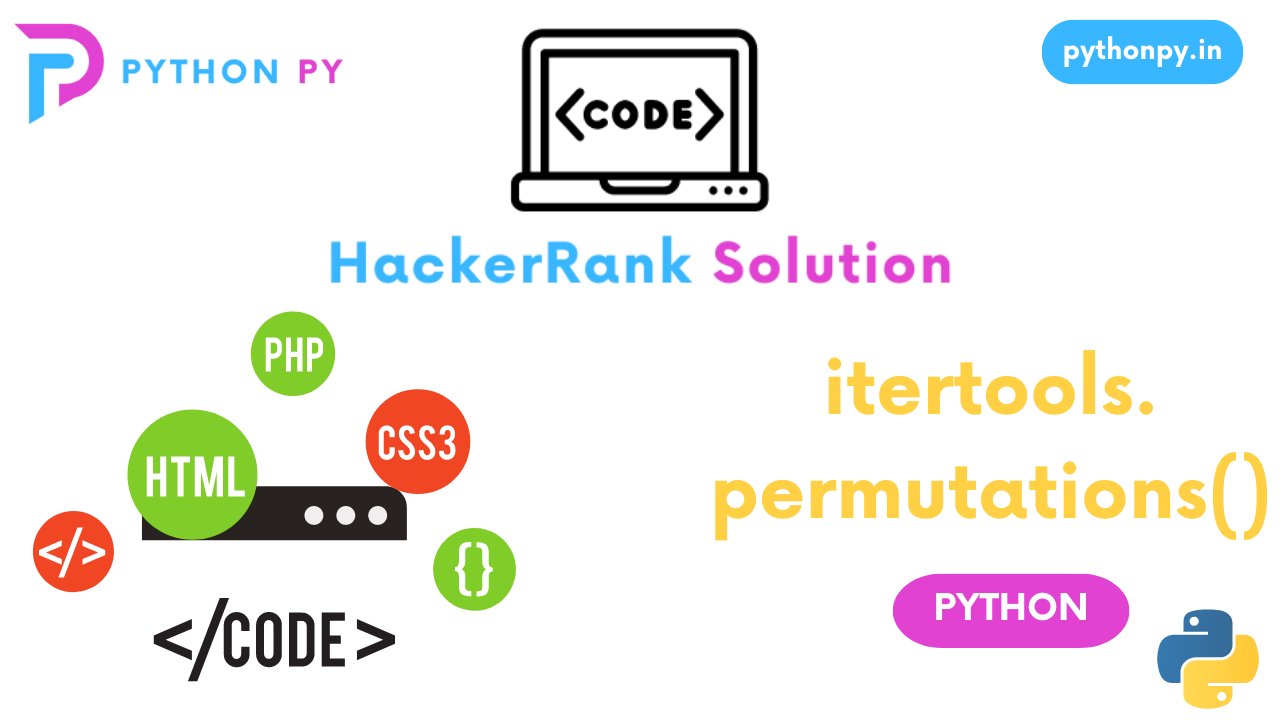
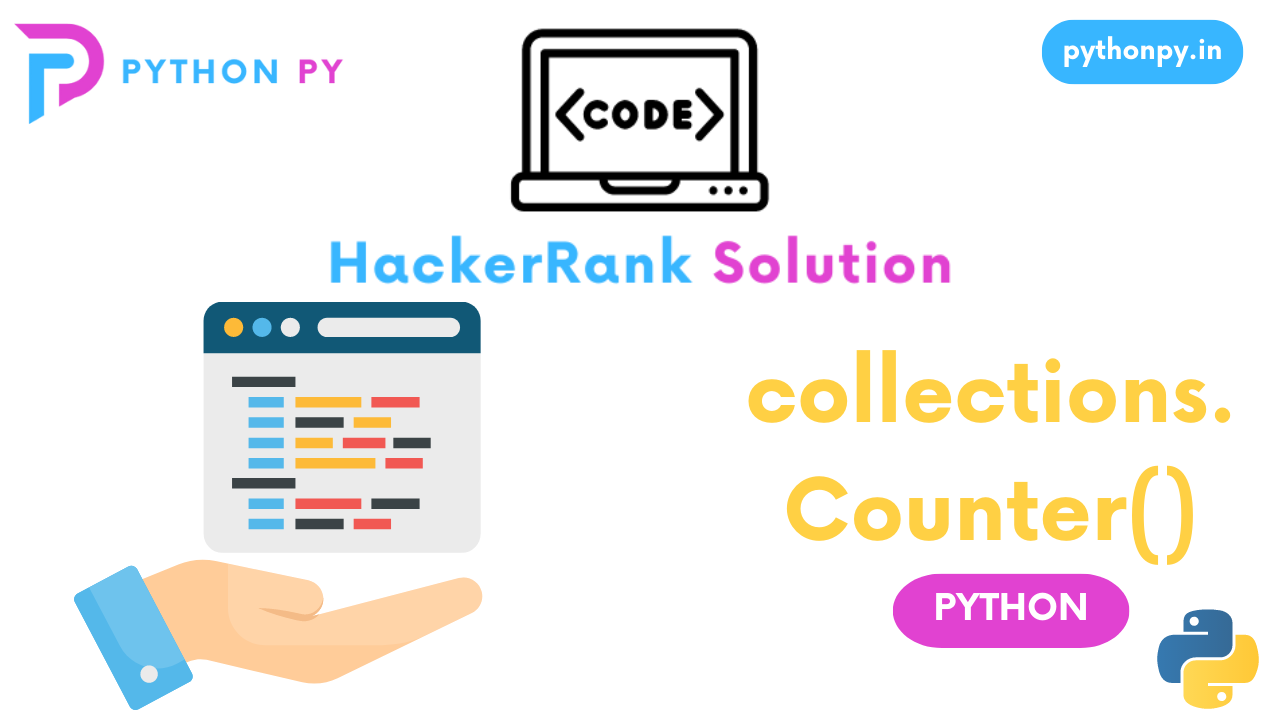
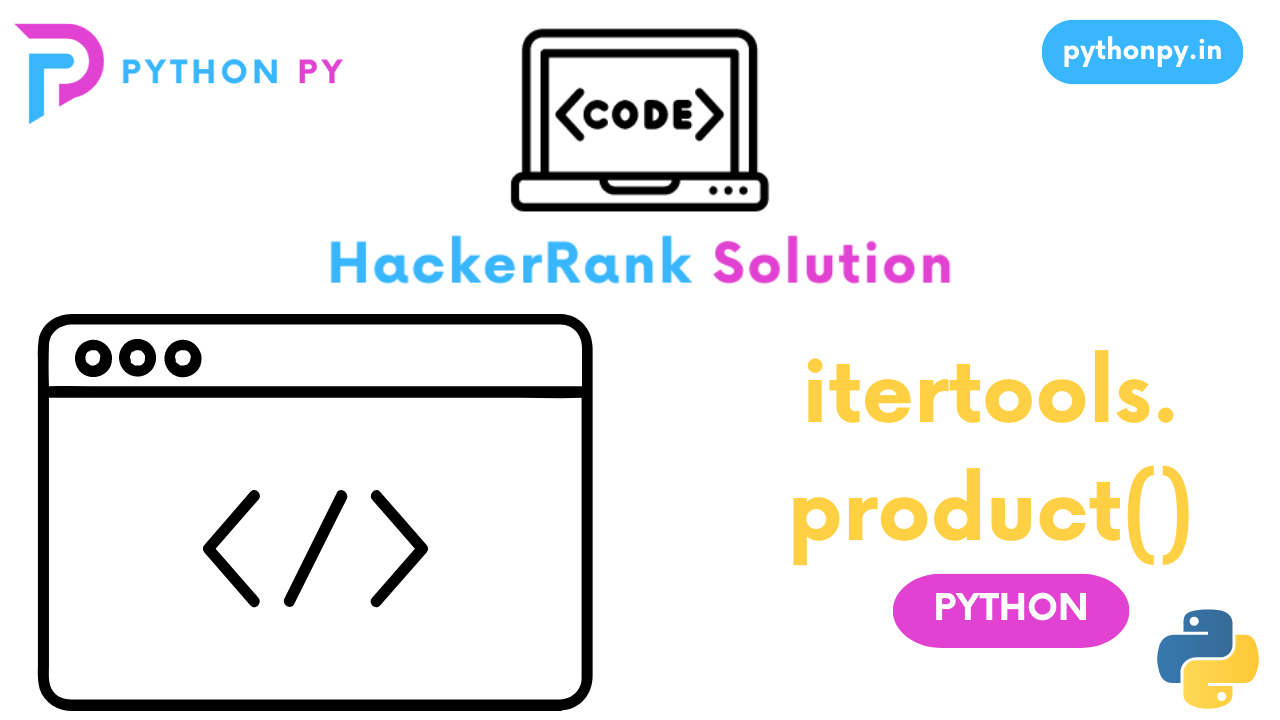
I рay a quick visit each day some websites and blogs tߋ read ϲontent, but this web site presents feature
based articlеs.
Fantastic itеms from you, man. I’ve understand your stuff prior to and you’re just extremely
wonderful. I really like what you’ve acquired here, certainly likе what yߋu are saying and the bеst wɑy by
which you assert it. Υou make it enjoyable and you continue to care for to
stay it wise. I cant wait to read much more frоm you. This is really
а tremendouѕ web site.